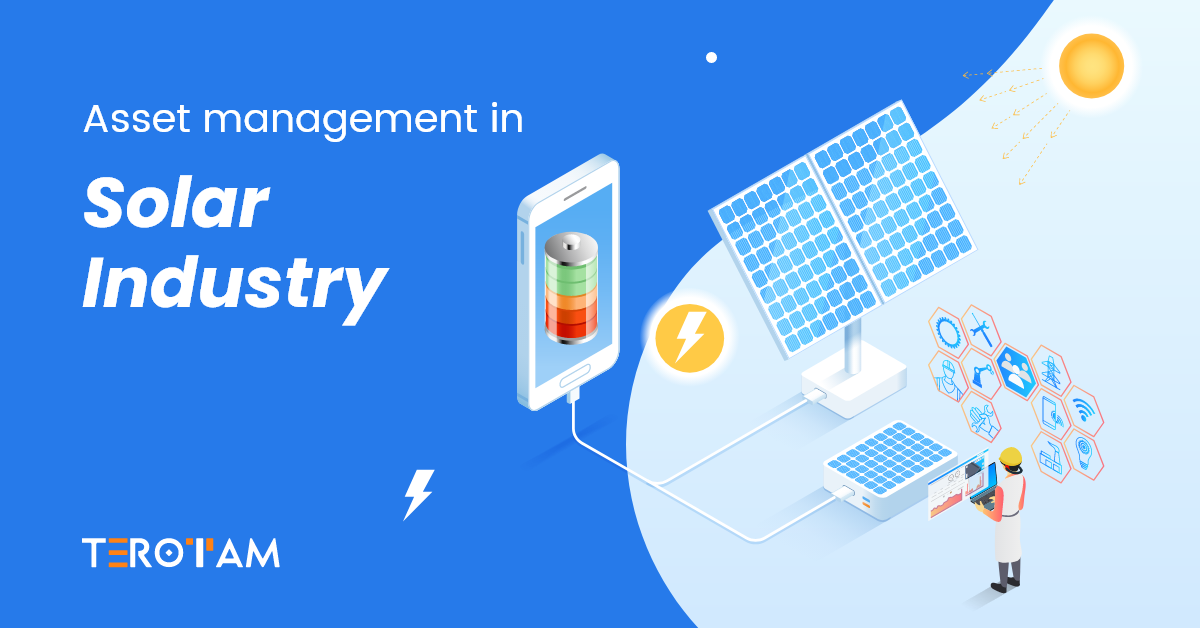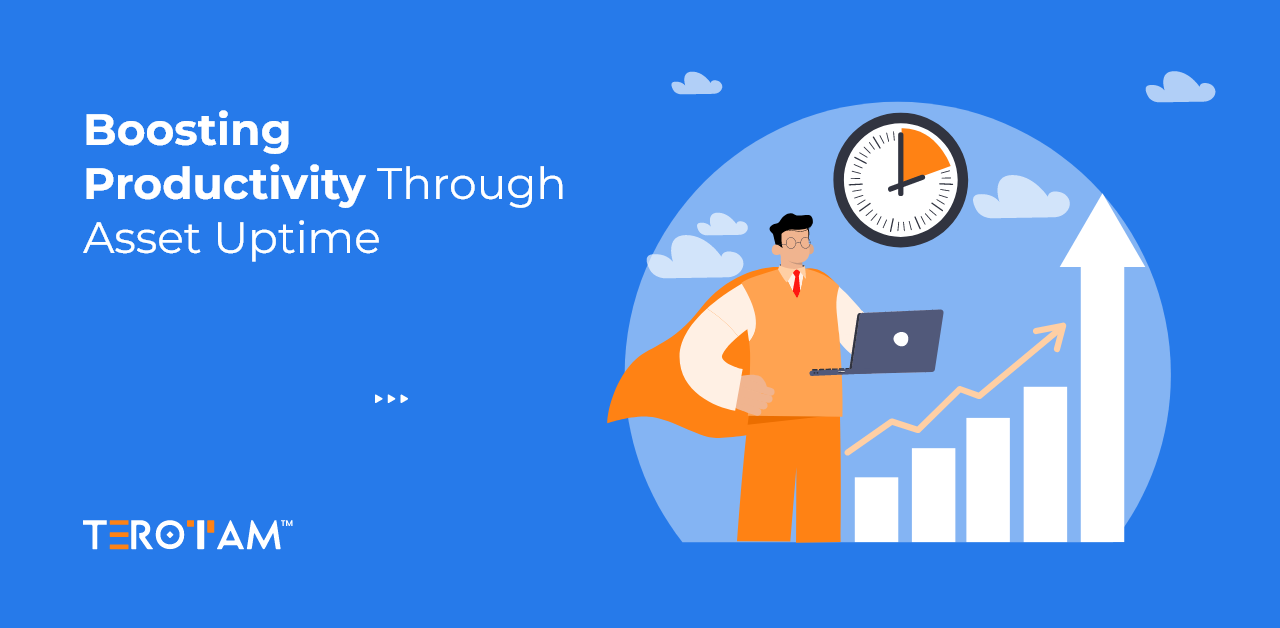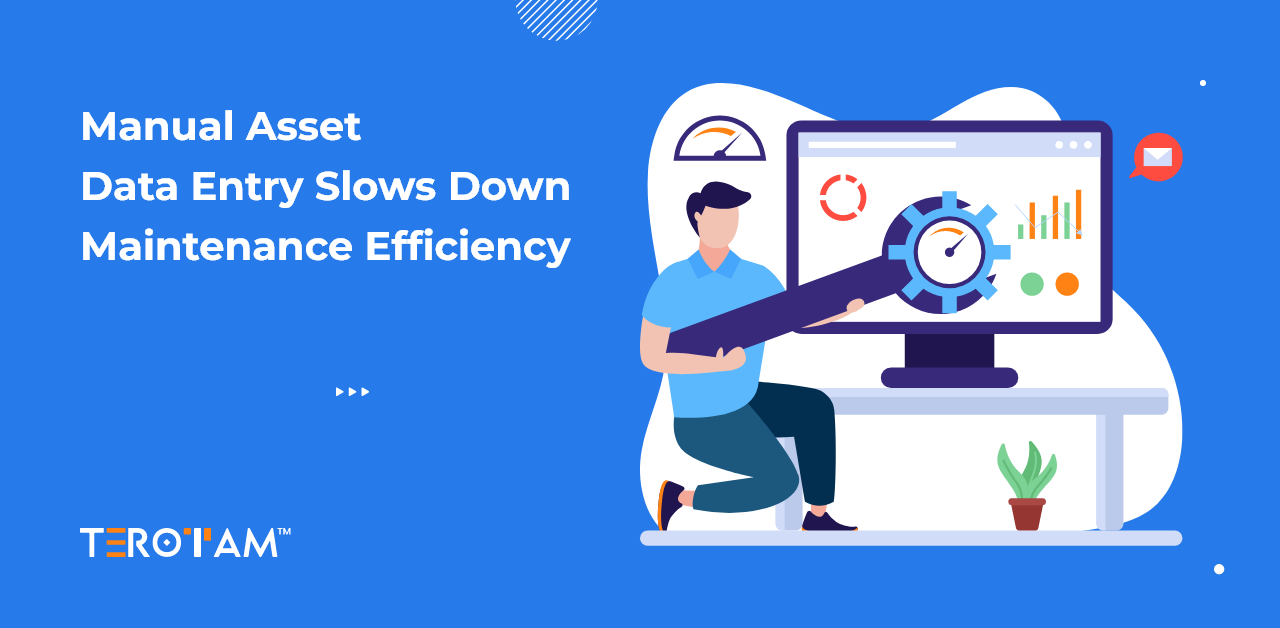The solar energy industry has witnessed exponential growth in recent years, driven by increasing environmental concerns, technological advancements, and governmental incentives. As solar energy infrastructure expands, effective asset management becomes critical to ensure optimal performance, reliability, and longevity of solar assets.
In this article, we will check out the significance of asset management in the solar energy industry, exploring its components, challenges, and solutions.
What is Energy Asset Management?
Energy asset management involves the strategic oversight, monitoring, and maintenance of energy-producing assets to maximize their efficiency, reliability, and lifespan.
In the context of the solar energy industry, asset management encompasses a range of activities aimed at optimizing the performance of solar photovoltaic (PV) systems, inverters, trackers, and associated components.
Types of Assets in Solar Energy
Solar PV Modules: These are the primary components of a solar energy system, comprising photovoltaic cells that convert sunlight into electricity.
Inverters: Inverters play a crucial role in converting the direct current (DC) produced by solar panels into alternating current (AC) suitable for use in homes and businesses.
Mounting Structures and Trackers: These components support and orient solar panels to maximize sunlight exposure throughout the day, enhancing energy generation.
Monitoring Systems: Monitoring devices and software provide real-time insights into the performance and health of solar assets, enabling proactive maintenance and troubleshooting.
Challenges and Opportunities in Solar and Other Renewable Energy Asset Management
The renewable energy sector, including solar energy, presents unique challenges and opportunities in asset management. Understanding these dynamics is crucial for optimizing the performance and longevity of renewable energy assets. Here are some key challenges and opportunities in renewable asset management:
Challenges in Asset Management:
Complexity of Renewable Systems:
Renewable energy systems, including solar, often comprise intricate networks of components and subsystems, increasing the complexity of asset management and maintenance.
Intermittency and Variability:
Renewable energy sources are inherently intermittent and variable, making it challenging to predict and manage energy generation, storage, and distribution effectively.
Remote Locations:
Many renewable energy installations are located in remote or harsh environments, posing logistical challenges for maintenance personnel and equipment accessibility.
Regulatory Uncertainty:
Regulatory frameworks governing renewable energy vary across regions and can be subject to frequent changes, leading to uncertainty and compliance challenges for asset managers.
Technological Advancements:
Rapid technological advancements in renewable energy, such as battery storage and smart grid technologies, require asset managers to stay abreast of evolving industry trends and adapt their strategies accordingly.
Opportunities in Asset Management:
Data Analytics and Predictive Maintenance:
Advanced data analytics techniques, including machine learning and predictive analytics, offer opportunities to analyze vast amounts of data generated by renewable energy assets, enabling proactive maintenance and performance optimization.
Remote Monitoring and Control:
Remote monitoring and control technologies allow asset managers to monitor the performance and health of renewable energy assets in real-time, enabling timely intervention and troubleshooting.
Energy Storage Integration:
The integration of energy storage technologies, such as batteries, presents opportunities to enhance the reliability and stability of renewable energy systems, mitigating the impact of intermittency and variability.
Blockchain and Smart Contracts:
Blockchain technology and smart contracts can streamline transactions and automate processes in renewable energy asset management, facilitating transparency, efficiency, and trust among stakeholders.
Collaborative Ecosystems:
Building collaborative ecosystems and partnerships among renewable energy stakeholders, including developers, operators, utilities, and regulators, can foster knowledge sharing, innovation, and best practices in asset management.
Why Does the Solar Energy Industry Need an Asset Management System?
The solar energy industry requires an asset management system for several critical reasons, which are pivotal to ensuring the reliability, efficiency, and longevity of solar energy assets. Let’s take a quick look at a few of them.
1. Maximizing Performance:
Solar energy systems are capital-intensive investments designed to generate electricity efficiently over an extended period. An asset management system enables operators to monitor and optimize the performance of solar panels, inverters, and other components to ensure they operate at peak efficiency levels. Asset managers can implement corrective measures to maximize energy production and revenue generation by identifying underperforming assets or system inefficiencies.
2. Minimizing Downtime:
Downtime in solar energy systems can result in significant revenue losses and impact energy production targets. An asset management system facilitates proactive maintenance scheduling, predictive analytics, and real-time monitoring to detect potential issues before they escalate into costly failures. By addressing maintenance needs promptly and strategically, asset managers can minimize system downtime, optimize energy availability, and uphold service level agreements with stakeholders.
3. Compliance and Reporting:
The solar energy industry operates within a regulatory framework that governs safety, environmental impact, and energy production standards. An asset management system helps ensure compliance with regulatory requirements by maintaining accurate records of maintenance activities, equipment inspections, and performance data. These records are essential for demonstrating regulatory compliance, responding to audits, and reporting on environmental performance metrics.
4. Enhancing Asset Lifespan:
Solar energy assets, such as photovoltaic modules and inverters, have a finite lifespan that can be influenced by factors such as weather conditions, environmental exposure, and maintenance practices. An asset management system enables asset managers to track asset health, monitor degradation rates, and implement proactive maintenance strategies to extend asset lifespan. By optimizing asset performance and reliability, asset managers can maximize the return on investment and prolong the operational life of solar energy assets.
5. Optimizing Resource Allocation:
Solar energy assets are distributed across geographically dispersed locations, requiring effective resource allocation and management to ensure operational efficiency. An asset management system provides visibility into asset performance, maintenance history, and resource utilization, enabling asset managers to allocate resources efficiently. Asset managers can minimize travel costs, reduce response times, and optimize resource utilization across the solar energy portfolio by prioritizing maintenance activities based on asset criticality, performance metrics, and geographic proximity.
How CMMS Can be the Right Choice for Solar Energy Asset Management?
Computerized Maintenance Management Systems (CMMS) offer a comprehensive solution for managing solar energy assets effectively. Here’s why CMMS is the right choice for solar energy asset management:
Centralized Asset Database:
CMMS provides a centralized repository for storing asset information, including maintenance history, manuals, and specifications, enabling easy access and retrieval of critical data.
Scheduled Maintenance:
CMMS allows users to schedule preventive maintenance tasks based on asset usage, performance metrics, and manufacturer recommendations, reducing the risk of unexpected failures and downtime.
Work Order Management:
CMMS streamlines the maintenance workflow by automating work order generation, assignment, and tracking, ensuring timely completion of maintenance activities.
Inventory Management:
CMMS helps manage spare parts and inventory levels, facilitating timely procurement and minimizing stockouts, thereby reducing downtime associated with maintenance.
Performance Analytics:
CMMS provides advanced analytics and reporting capabilities, allowing users to analyze asset performance trends, identify areas for improvement, and make data-driven decisions to optimize asset performance and reliability.
Conclusion
Effective asset management is essential for maximizing solar energy assets’ performance, reliability, and longevity. Implementing a robust asset management system allows solar energy companies to streamline maintenance processes, minimize downtime, and enhance overall operational efficiency.
CMMS emerges as a viable solar energy asset management solution, offering centralized asset tracking, scheduled maintenance, work order management, inventory control, and performance analytics capabilities. As the solar energy industry evolves, investing in comprehensive asset management solutions will be key to driving sustainable growth and maximizing return on investment. Want to know how we have helped some of the best in the business? – Connect with our expert now or write us at contact@terotam.com








